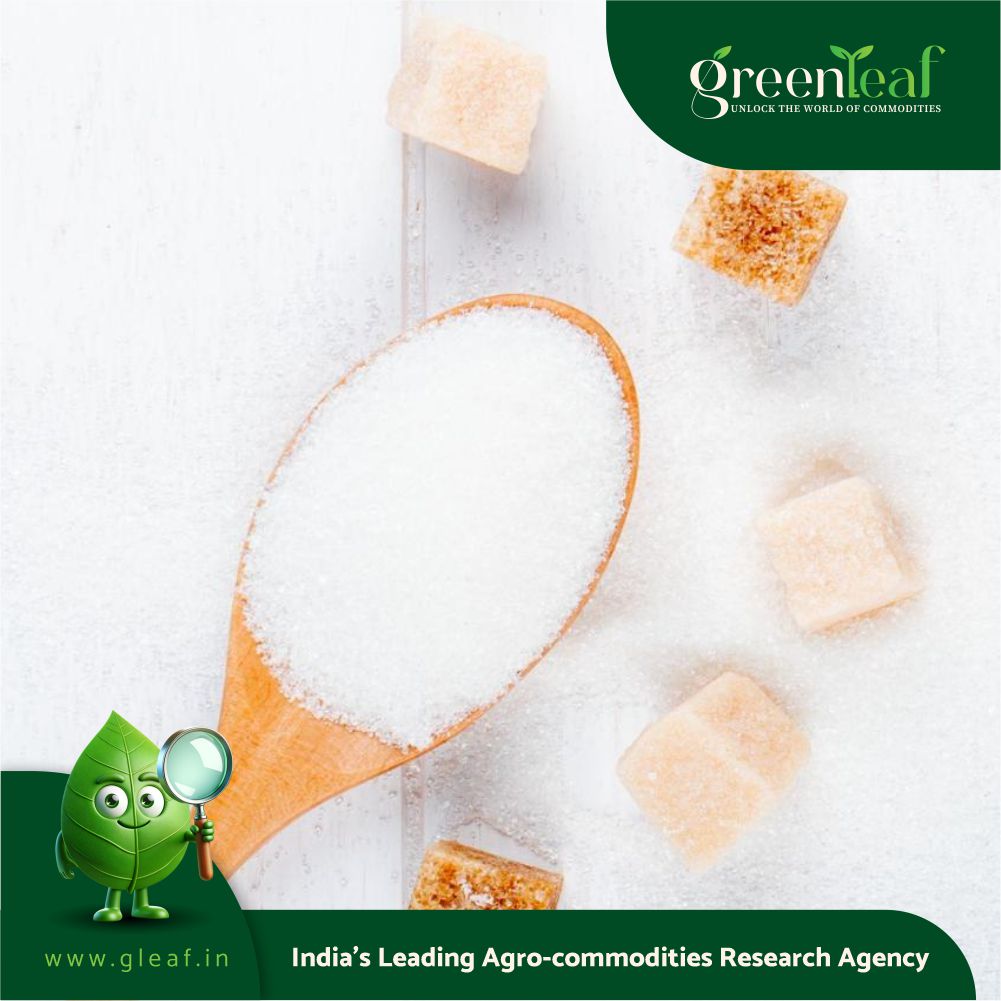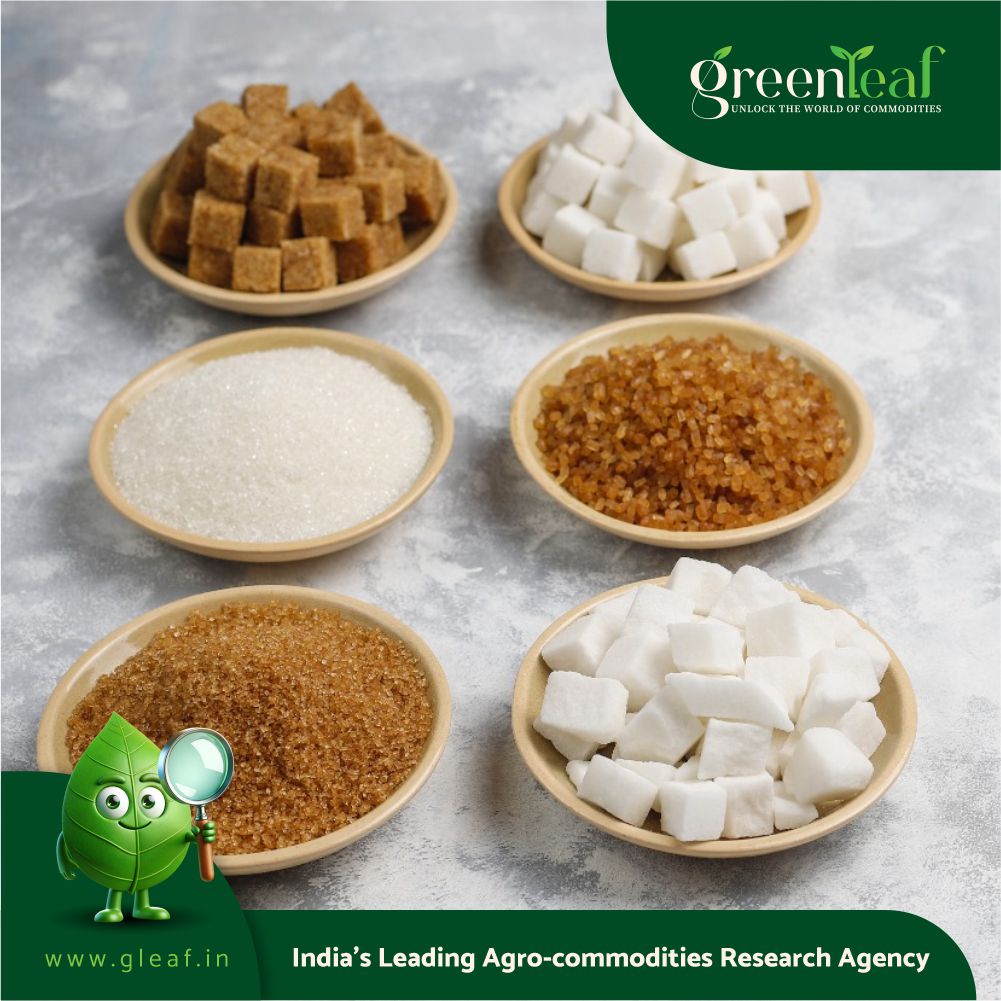The UAE has publicly announced the final details of its new tiered volumetric model for taxing sweetened drinks, including the calculation method, rate brackets, and enforcement framework, ahead of its rollout on 1 January 2026.
In an earlier circular this month, the Ministry of Finance said the legislative process for the new sugar tax framework was nearing completion and would soon be ready for rollout. In its most recent update, the ministry confirmed that the system is now ready for implementation, with all calculation details and compliance guidelines published on official platforms.
This latest circular gives manufacturers, retailers, and distributors ample time to adjust supply chains and update product labelling before the model takes effect, marking one of the UAE’s most anticipated tax updates of the year.
The first announcement came in July 2025, when the Federal Tax Authority (FTA) said that from 2026, taxes on sweetened beverages would be calculated based on sugar concentration rather than product type, a shift from the existing flat 50 per cent excise rate.
The new model forms part of the UAE’s broader public health strategy to curb sugar consumption, promote healthier choices, and align its excise tax framework with GCC standards.
From flat rate to tiered model
The new system will calculate excise tax based on the amount of sugar or sweeteners per 100ml, rather than applying a fixed percentage to all sweetened beverages.
Under this tiered volumetric model, sweetened drinks will be taxed according to how much sugar they contain per litre. The higher the sugar content, the higher the tax rate.
The Federal Tax Authority (FTA) has urged producers, importers, and distributors to begin reviewing their product formulas and sugar content to prepare for the new policy. Once implemented, all sweetened drinks must be tested and registered with certified laboratory reports confirming their sugar levels.
Drinks without a UAE Certificate of Conformity will automatically be classified as high-sugar beverages until laboratory results confirm otherwise.
















